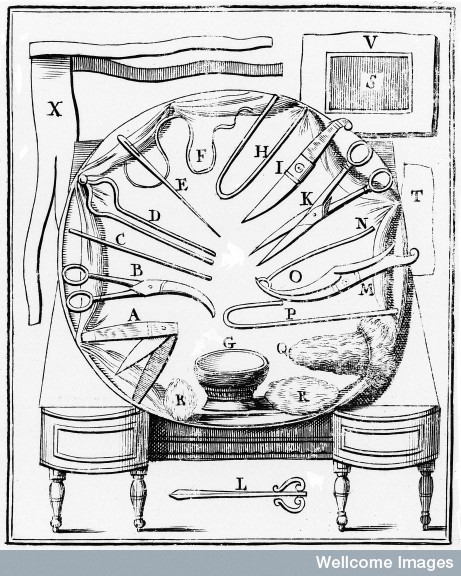
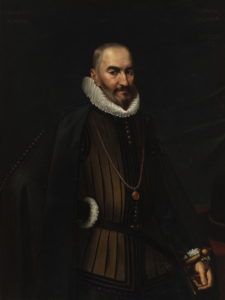
The Spanish Ambassador to James I of England suffered from an anal fistula which was common knowledge. John Reynolds’ imagined conversation between the late King Henry, Queen Anne, and Queens Mary and Elizabeth in 1624 includes the comment that Count Gondomar had the permission of King James to spend the summer at Greenwich as the air there was better for his fistula.
Indeed they say, hee reports that this Summer time, the ayre of London and Islington is not sweete enough, either for his Fistula, or perfumed braine, and that hee hath thereforefore gotten leaue of his Maiestie, to lodge in a part of his Pallace of Greenwich, which stands in so pure an Ayre, vpon the pleasant Christall Riuer of Thames.1
Gondomar had left England a couple of years beforehand, but during his stay there was a lot of gossip about Gondomar and his close friendship with James. In the same year, Thomas Middleton satirised the Count’s fistula using the character of the Black Knight in his play A Game at Chess.2 In the play much is made of this character needing to sit on a special soft ‘chair of ease’. Also in this year appeared the second edition of Thomas Scott’s Vox Populi subtitled Gondomar Appearing in the Likenes of Matchiauell in a Spanish Parliament. This treatise had an image of Gondomar standing next to a special close stool like the one sent up in the play.
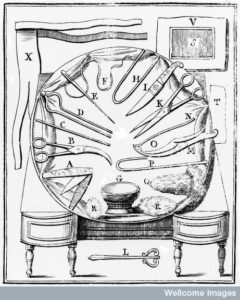
Credit: Wellcome Library, London.
So what is an anal fistula and how was it treated in the seventeenth century? Alexander Read’s The Chirurgicall Lectures of Tumors and Ulcers (1635) explained that fistulas in the anus were often the result of ‘a Phlegmon [inflammation] in the Anus, broken and ill cured’. Read described how there were two types of anal fistulas: shallow or deep. The shallow ones didn’t break through to the intestines but the deeper ones did. You could tell how deep it was as if the patient broke wind and the gas escaped through ‘the sinus of the fistula’ then it was confirmation that the fistula had broken through. You could also reverse the test and inject liquid into the fistula and see if it made its way through to the anus.3 This condition was notoriously difficult to cure, being as it is, subject to contamination from excrement. Read explained that a combination of treatments was best, including ‘Diet, Internall medicaments, Incision, Deligation [binding], and Topicall meanes’ (p. 188). Using surgery to cut away the tissue around the fistula and packing the wound was favoured but ‘If the Fistula penetrate to the Intestinum rectum, then cutting asunder of the whole sinus of the Fistula by deligation is most fit’ (p. 189). Read described in detail how to use a length of thread tied to a metal probe to bind the fistula by using to to draw the end of the cavity to the surface then trying it shut. The image above shows some of the surgeon’s tools used in the treatment of this condition.
- The outcome of Count Gondomar’s anal fistula is unknown and he died in Spain in 1626.
_______________
- John Reynolds, Vox coeli, or, Newes from Heaven (London, 1624), p. 45.
- T. H. Howard-Hill, Middleton’s “Vulgar Pasquin”: Essays on a Game at Chess (University of Delaware Press, 1995), p. 127.
- Alexander Read, The Chirurgicall Lectures of Tumors and Ulcers (London, 1635), p. 187.
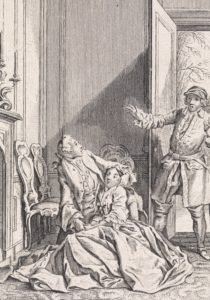
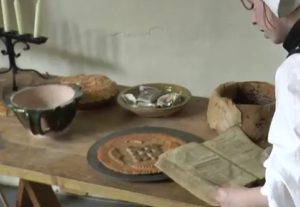
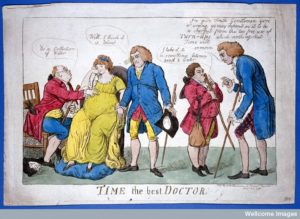
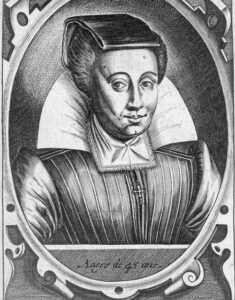
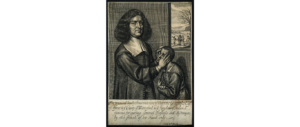
A big problem with cutting open an anal fistula is division of all the muscles with resulting incontinence.
The Sun King had such a fistula; he was fortunate, the operation was successful.
The ligature used in the past, and still used today, is called a ‘seton’.